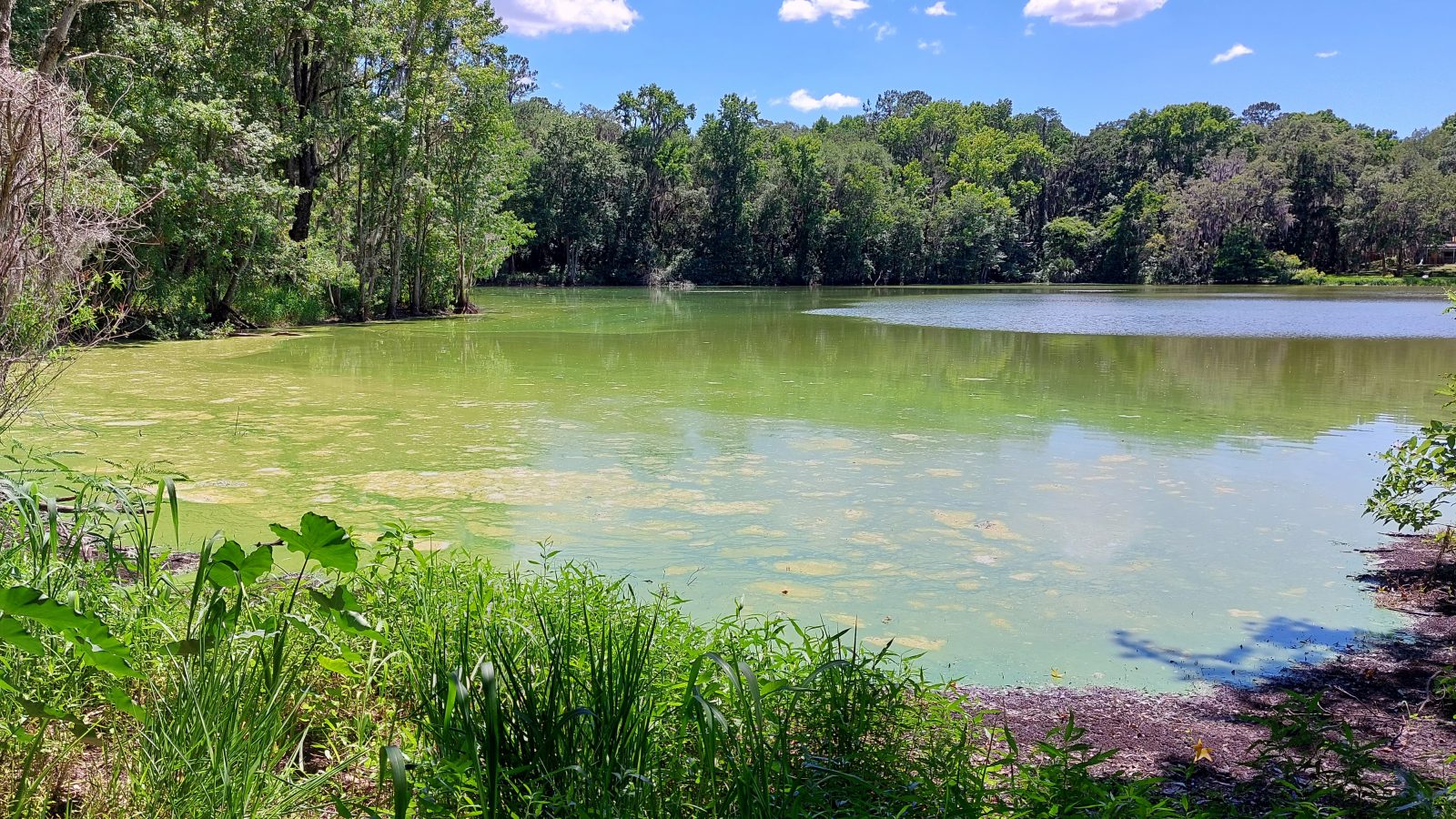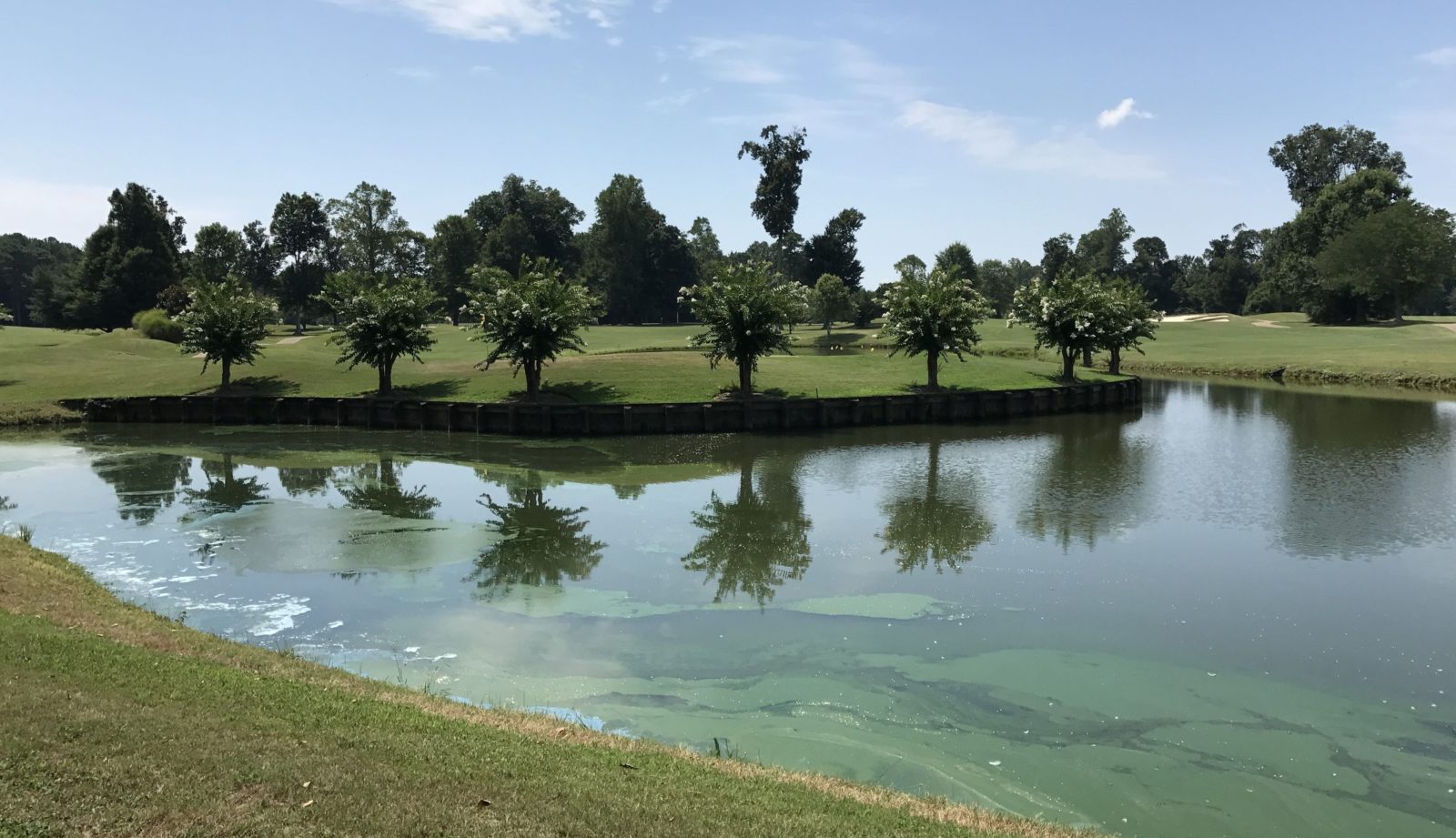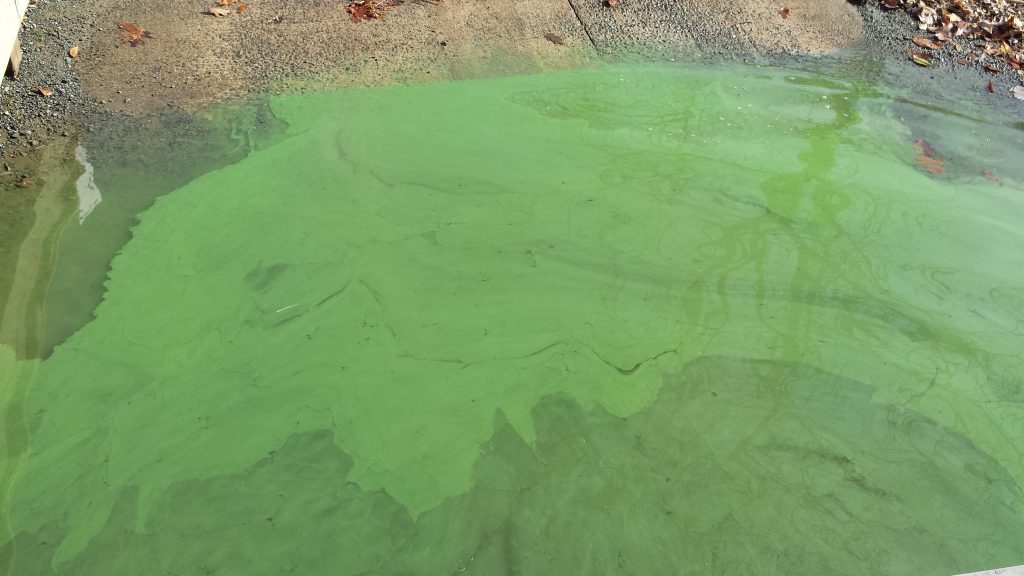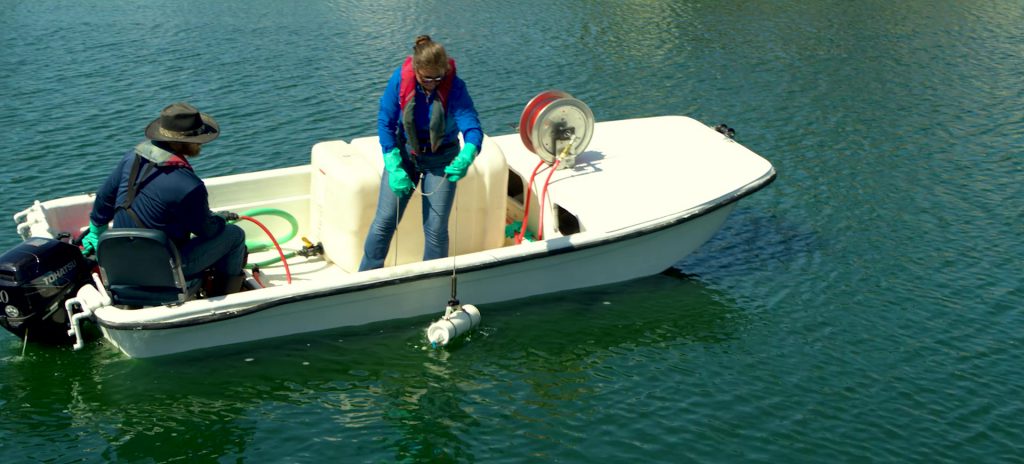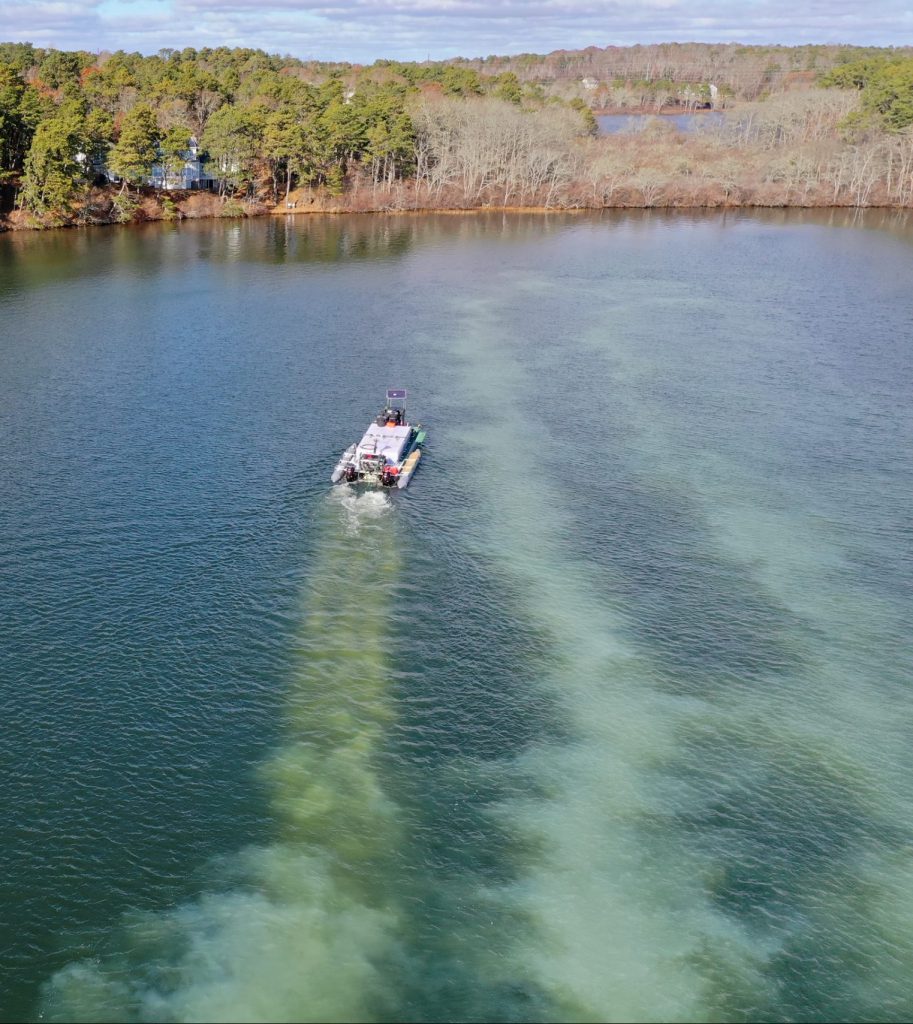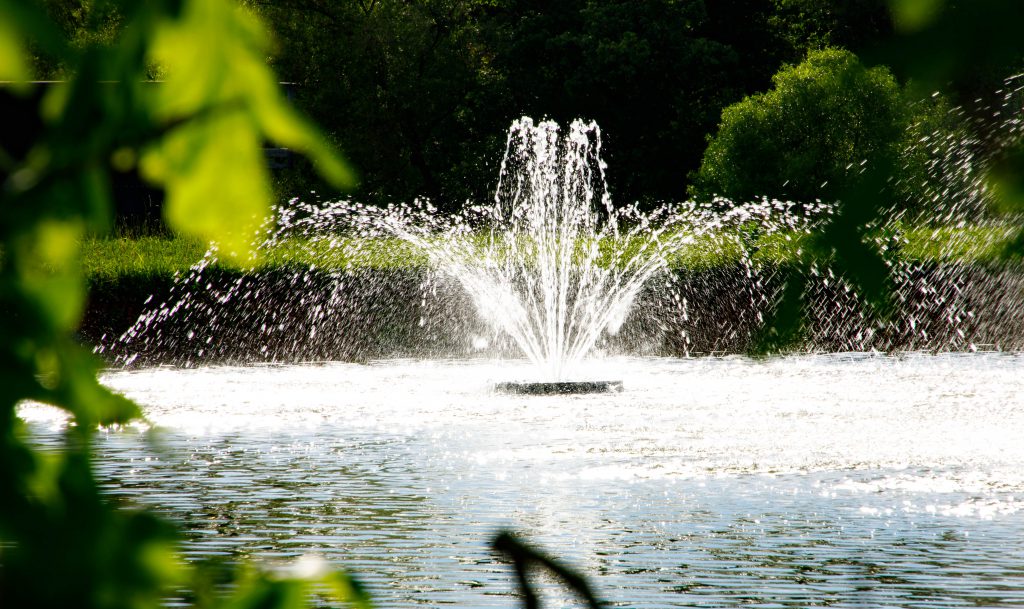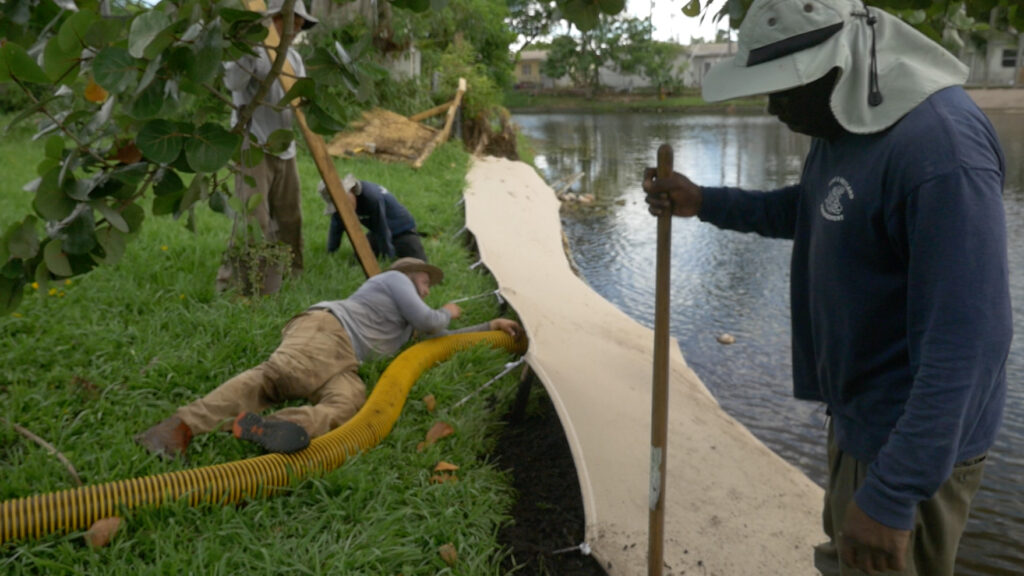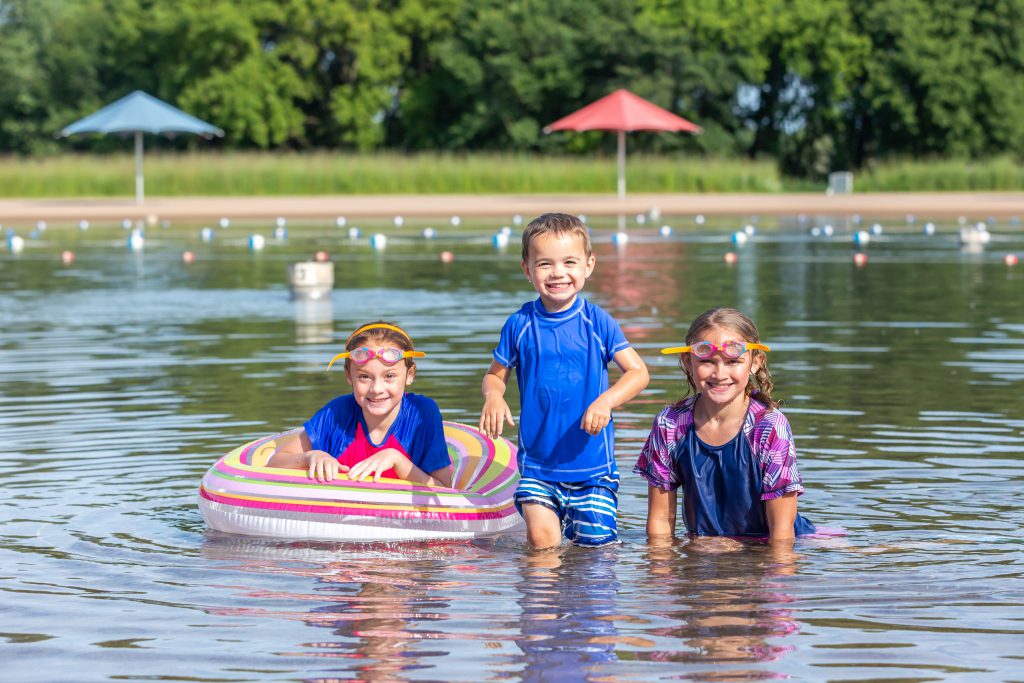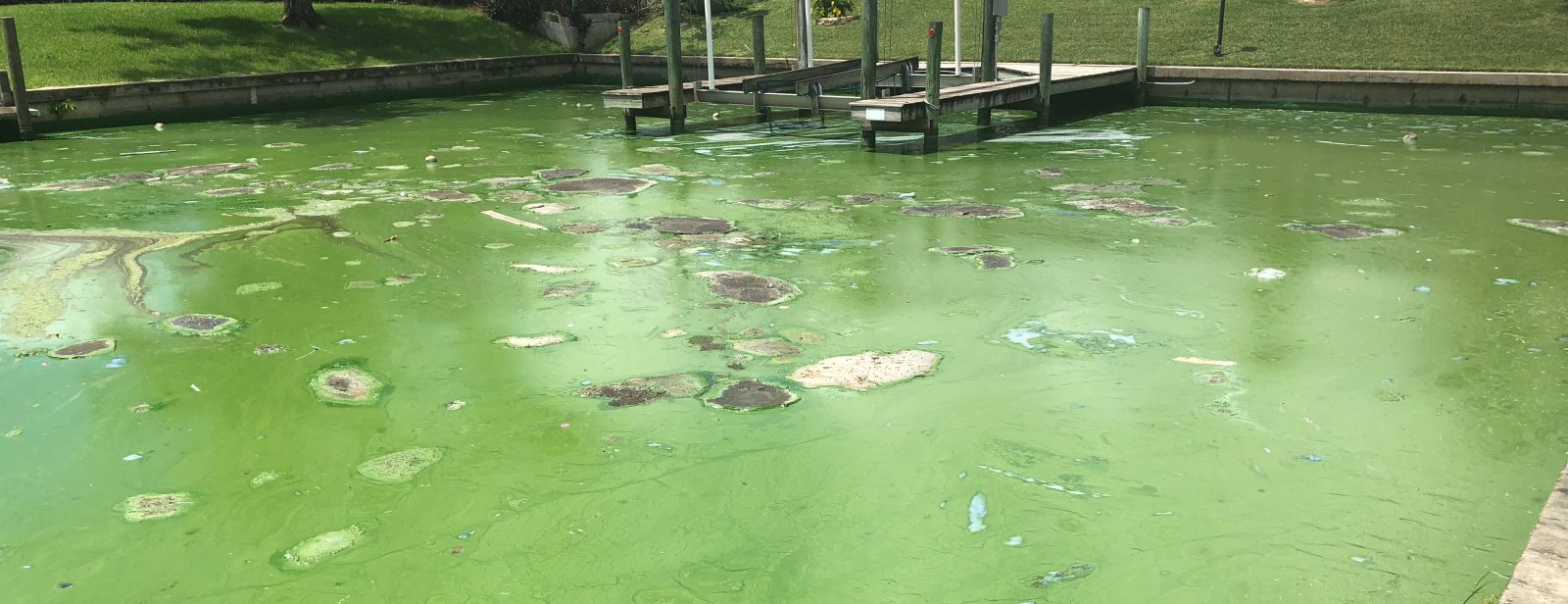
How Climate Change Is Increasing Toxic Algae
Climate change is a complex subject, but we see signs of it everywhere. Rising sea levels and increasingly severe weather events such as blizzards and heatwaves, violent hurricanes and typhoons, tornadoes, flooding, landslides, and drought are becoming more extreme year after year. The secondary impacts can be even more severe, affecting agriculture, the fishing industry, global trade, the spread of disease, reduced wildlife populations, increased pests, and sadly, an increase in Harmful Algal Blooms (HABs).
The development of HABs (also known as cyanobacteria, blue-green algae, or toxic algae) in our lakes, ponds, rivers, and oceans is particularly concerning because of their ability to release dangerous toxins. Though the mechanisms behind toxin production are not completely understood, certain conditions make the release of toxins more likely to occur.
How does toxic algae develop?
HABs thrive in warm, nutrient-rich waters, and climate change may be reinforcing these conditions by causing prolonged periods of heat. Changing rainfall patterns and sea level rise can alter the amount of nutrients available to algae, leading to more frequent toxic algae blooms that last for longer periods of time. Increased pollution, reliance on fertilizers for lawns, gardens, and agricultural farms, as well as expanded use of pesticides to combat pests are also increasing the influx of nutrients, most notably phosphorus, into our water resources.
Additionally, increased levels of carbon dioxide in the atmosphere can intensify ocean acidification, which threatens fish and other organisms at the base of the food chain that help keep ecological balance in check. This can make it easier for toxic blue-green algae to take over aquatic environments. Large toxic algae blooms may eventually cause dissolved oxygen deficiencies that exacerbate these imbalances.
What are toxic algae symptoms?
The toxins produced by HABs can have serious impacts on the health of humans and animals. If exposed to these toxins, wildlife, dogs, and other pets can become violently ill and even die. In addition to the possibility of severe illness in humans too, research suggests that there may be a connection to the development of neurodegenerative diseases like Alzheimer’s, Parkinson’s and ALS (Lou Gehrig’s disease) later in life.
HABs Impact On Waterbodies
HABs also have far-reaching economic impacts on tourism, trade, agriculture, and the fishing industry. According to the National Oceanic and Atmospheric Administration (NOAA), HABs cost the U.S. billions of dollars each year.
- In 2014, a Toledo drinking water catastrophe left half a million residents around Lake Erie without clean water and cost the city more than $25 million.
- In 2015, HABs caused the closure of 70% of shellfish beds in Oregon’s Coos Bay area, resulting in a loss of $6 million for the local shellfish industry.
- In 2018, the “red tide” in the Gulf of Mexico closed down beaches and recreational activity, causing a loss of more than $23 million in tourism revenue in Florida.
- In 2021, the state of Florida spent over $1 million to clear HABs from various waterways, including the Caloosahatchee River and the Pahokee Marina.
How to Prevent Harmful Algal Blooms (HABs)
While cyanotoxins are particularly a threat for those who live or spend significant time around the water, entire communities can be exposed through drinking water from affected reservoirs. Unappealing tastes and odors are a common sign of their presence, and treatment facilities can struggle to effectively remove impurities from the water.
Though there is much research to be done on the impact of climate change and the increasing proliferation of HABs, citizens look to property managers, golf course superintendents, and government officials to protect the health and safety of their water resources. Small-scale efforts are unlikely to curb the colossal effects of climate change; however, it is possible to take steps to prevent conditions that fuel HABs in our local communities:
Correctly Identify HABs & Toxic Algae Blooms
HABs can appear in various forms, such as parallel streaks or clumped dots, and can vary in color from blue, green or white to a bright “pea soup” green. They can also create soupy or oily scum on the surface of the water. However, the presence can only be confirmed through professional water quality testing.
Regularly Test Water Quality
Consistent, proactive water quality testing programs can help stakeholders predict the onset of a bloom and intervene with sustainable solutions, avoiding the need to close the waterbody or interfere with irrigation or drinking water services.
Reduce Excess Nutrients
Waterbodies with chronic nutrient problems can benefit from the use of phosphorous-locking products like Phoslock, Alum, or EutroSORB that remove undesirable nutrients from the water column. Biological bacteria can also be applied to help facilitate the natural decomposition of nutrient-rich organic matter.
Introduce Fountain & Pond Aerators
Floating fountains, surface pond aerators, and submersed aerators can help elevate the level of dissolved oxygen in the water column, which is essential for a healthy, balanced waterbody. Balanced waterbodies are less susceptible to the development of HABs and other nuisance growth.
Restore Your Shoreline
Professionals recommend introducing native plants with deep root systems around the shoreline to form a vegetative buffer. Beneficial buffers help filter nutrient-rich leaves, chemical products, trash, and other organic debris from runoff that flows into the water during rainstorms. Well-established buffers also help prevent erosion of nutrient-rich sediment, but if erosion has become too severe, the shoreline can be rebuilt and completely stabilized with a tool called SOX Erosion Solutions. This can help to regain lost land from erosion and protect the waterbody from further damage.
Educate Your Community
Education is an important aspect of protecting and preserving freshwater resources. By educating community members about the simple ways they can help protect the health of lakes, stormwater ponds, and drinking water reservoirs, it’s possible to limit the development of toxic blue-green algae blooms. This may include simple actions such as properly disposing of pet waste, reducing lawn fertilizer use, and bagging lawn clippings and other yard debris to prevent them from decomposing in nearby waterbodies. Together, by working as a community, we can help to support the health, beauty, and function of our water resources for future generations to enjoy.
Maintain Healthy Water with Nutrient Management
SOLitude Lake Management is a nationwide environmental firm committed to providing sustainable solutions that improve water quality, enhance beauty and preserve natural resources.
SOLitude’s team of aquatic scientists specializes in the development and execution of customized lake, stormwater pond, wetland and fisheries management programs. Services include water quality testing and restoration, algae and aquatic weed control, installation and maintenance of fountains and aeration systems, shoreline erosion control, muck and sediment removal and invasive species management. SOLitude partners with homeowners associations, golf courses, private landowners, businesses and municipalities. SOLitude Lake Management is part of Rentokil, a leading business services company, operating across the United States, Canada and Puerto Rico.
For more information, visit SOLitude Lake Management at solitudelakemanagement.com, and connect on Facebook, LinkedIn and Twitter.








